Beginner’s Guide to Tie Dye T Shirts
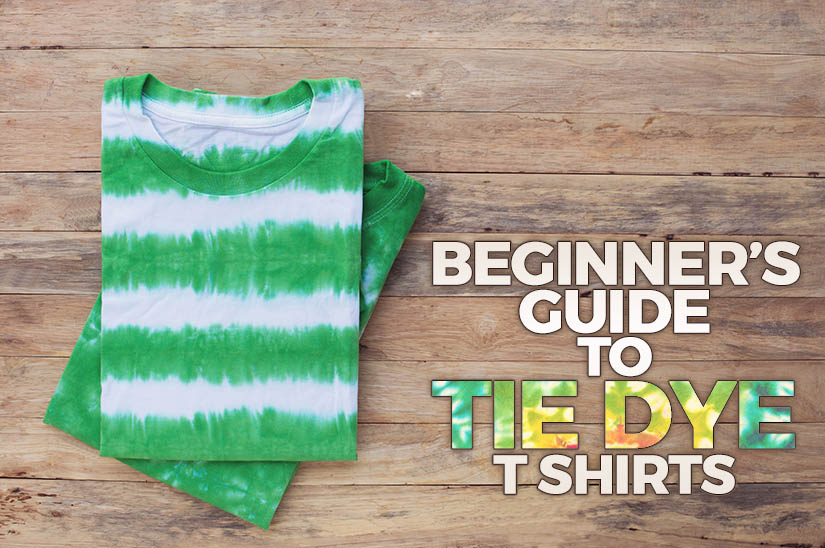
For most of us, the term “tie-dye” conjures images of hippies, peace signs and spirals of color. Tie-dyeing is an inexpensive way to turn any fabric into a vibrant work of wearable art.
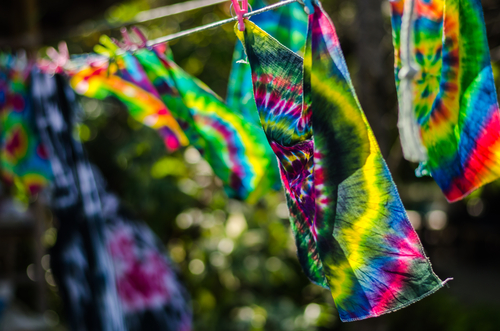
The process typically consists of folding, twisting and tying fabric to affect how a dye seeps into its fibers.
Our Shirts Have Some of the Coolest Tie-Dye Designs and Patterns
While many people think tie-dying started back in the 1960s, the technique actually dates back centuries in countries like Asia, Africa and Indonesia.
The conventional process of tying cheap or discounted t-shirts with rubber bands and soaking them in a bowl of dye is one of many tie-dying methods.
This article will describe how to tie-dye fabric using various designs. First, we will describe the materials you will need. Then, we’ll describe how to create a few classic designs. Lastly, we’ll walk you through the actual tie-dying process.
Materials
The right tools are necessary for any task or activity, and creating great tie-dye designs requires the right materials.
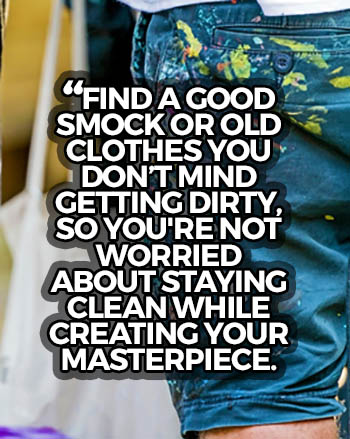
A plastic covering for your work surface is ideal because this project will get messy. Find a good smock or old clothes you don’t mind getting dirty. Rubber gloves will keep your hands clean and protect them from hot water.
Purchase Wholesale T-Shirts to Make Your Own Tie-Dye at Home
You’ll need buckets for your dye baths. Grab one for every color you plan to use. Rubber bands and hair ties are your most vital tools. Make sure you have scissors, a large stirring spoon and a pair of tongs to remove your fabric from its dye bath.
Of course, the colored dyes are necessary! There are tons of dye brands out there. Just make sure to pick one that is compatible with your fabric.
Fabrics like cotton, nylon, wool and silk are ideal materials for absorbing and holding color.
How to Create the Classic Spiral
The spiral pattern is probably the most common tie-dye design. Spread your fabric flat on a clean surface. Pinch the center of the fabric with your thumb and two fingers. This piece will become the focal point of your future spiral.
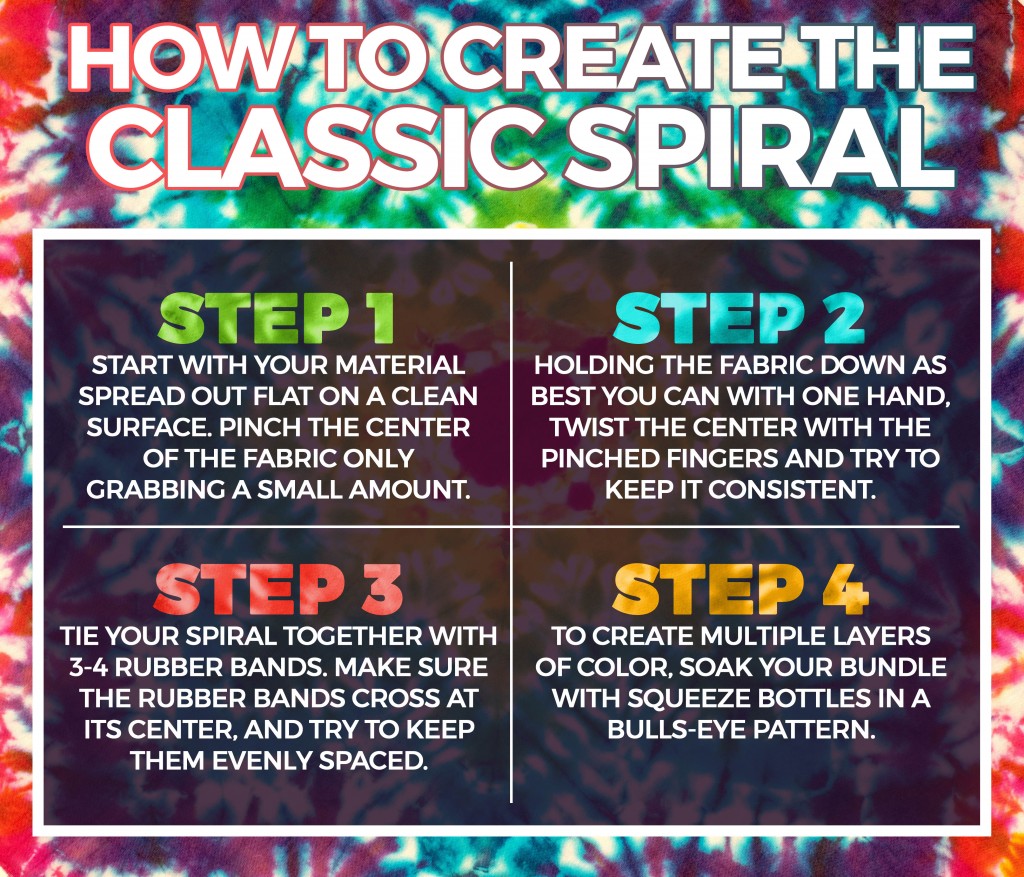
Holding the rest of the fabric down with one hand, twist the material that you have pinched between your fingers and tie your spiral together with three or four rubber bands.
How to Create Stripes
By rolling your shirt in a long tube, you can create wrinkled rows of color. For vertical stripes, roll your fabric from bottom to top. For horizontal stripes, roll from left to right.
Fasten the tube at regular intervals, making sure the spacing between rubber bands is even and balanced.
How to Use Knots
A good way to add some irregular texture in your design is to tie your fabric in knots. Knots will result in cracked white lines that run through the color.
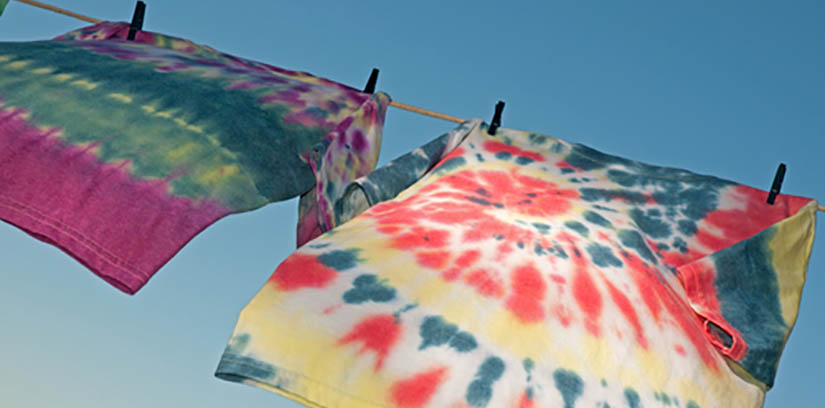
Twist the fabric into a long rope with both hands as if you are wringing it out. Then, loop the ends into a knot. Hold the knot in place with one hand while you wrap rubber bands around the center of the knot.
How to Create Rosettes
A rosette pattern looks like a series of small, overlapping circles. This technique requires a little more planning and effort, but its unique effect will be worth the trouble.
Flatten your material and use a piece of chalk to plot the points of your rosette. Once you’ve got your anchor points, pinch each one with your thumb and forefinger. Draw your anchor points together until you can see all of the chalk dots inside your grip.
Now, fasten your gathered rosettes with rubber bands.
The Tie-Dye Process
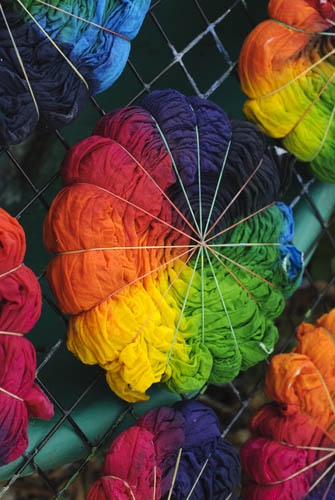
To get started, mix soda ash with warm water in a bucket. Then, use rubber bands to tie your material according to the design you chose.
Wearing your gloves, soak your fabric in the solution for 10-15 minutes. This step will make sure the color is absorbed efficiently and remains as bright as possible.
While the fabric is soaking, prepare your dye baths by filling buckets with hot water. Then, mix your dye into the water.
Beginning with your darkest color, soak your fabric. Let it soak until the color looks a shade or two darker than your desired outcome. The longer you leave the material in the solution, the darker it will be. When the fabric dries, the color will lighten.
Once you’ve completed your first round of dipping and soaking, cut the rubber bands off your fabric. Rinse the dyed fabric under warm water to remove excess pigment.
Wring out the fabric and gently hang it up until dry. Make sure not to wash your shirt for at least 24 hours after you’re done.
There are so many ways to create beautiful tie-dye t-shirts, so experiment with color and binding methods for unique tie-dye designs.


